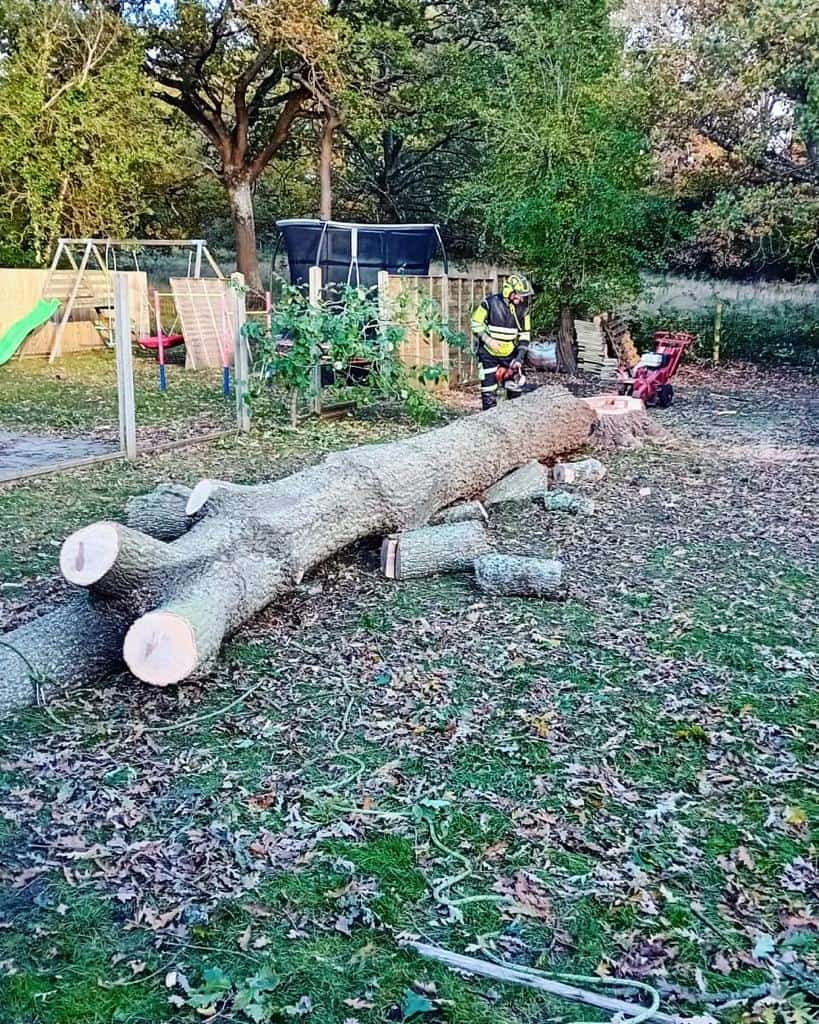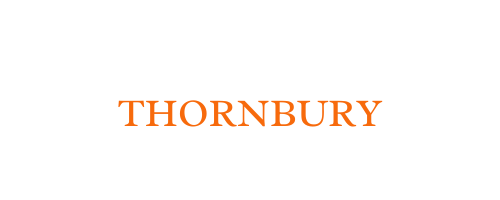Trees are an essential part of our landscapes, offering shade, beauty, and environmental benefits. However, when a tree becomes structurally unstable, it can pose a risk to nearby property, vehicles, and even people. At EM Tree Surgery Thornbury, we often meet homeowners who are unsure whether their tree is healthy or at risk of failure. Recognising the signs of structural instability early is key to preventing potential accidents and costly damage.
Visible Cracks and Splits
One of the most obvious indicators of a structurally unsound tree is the presence of cracks or splits in the trunk or large branches. These can develop after storms, heavy winds, or simply due to the tree’s age. Deep cracks often mean the wood fibres are failing, which increases the likelihood of breakage.
Leaning Trees and Uneven Growth
A tree that is suddenly leaning can signal a root problem or a compromised base. While some trees naturally grow at an angle, a lean that worsens over time is a warning sign. EM Tree Surgery Thornbury recommends seeking professional advice if you notice your tree leaning further after heavy rain or wind, as this can mean the roots are losing their hold in the soil.
Root Damage or Decay
Healthy roots anchor a tree firmly into the ground. If you notice exposed roots that appear soft, rotten, or damaged by construction or soil erosion, this could compromise the tree’s stability. Fungal growth around the base is another red flag, as it often indicates internal decay.
Dead or Falling Branches
A structurally sound tree will naturally shed some small branches, but frequent loss of large limbs or an abundance of deadwood can indicate that the tree is struggling to support itself. Regular pruning from EM Tree Surgery Thornbury can help reduce weight on weakened areas and prevent sudden limb failure.
Signs of Internal Decay
Hollow sounds when tapping the trunk, cavities, or visible decay fungi (such as brackets or mushrooms) can indicate that the interior of the tree is rotting. This compromises the tree’s ability to stand strong during storms and should be assessed by a tree surgeon as soon as possible.
Changes in Soil Around the Tree
Soil movement, raised ground on one side, or visible root plate lifting after high winds can be early signs that the tree is beginning to uproot. This is a serious structural issue that requires immediate professional attention.
Why Professional Assessment Matters
While some signs of instability are easy to spot, others are hidden from view and require an expert eye. At EM Tree Surgery Thornbury, we carry out detailed tree inspections to evaluate the structural integrity of trees and recommend safe, effective solutions. This may include pruning, bracing, or in some cases, carefully planned tree removal.
Conclusion
Knowing whether your tree is structurally unstable can protect your property and loved ones from unexpected damage. Look for cracks, leaning, root decay, dead branches, and signs of internal rot, and don’t delay in getting a professional assessment. EM Tree Surgery Thornbury provides expert advice and solutions to keep your trees healthy, safe, and strong for years to come.
Call us on: 01454 802 782
Click here to find out more about EM Tree Surgery Thornbury
Click here to complete our contact form and see how we can help with your tree care needs.

